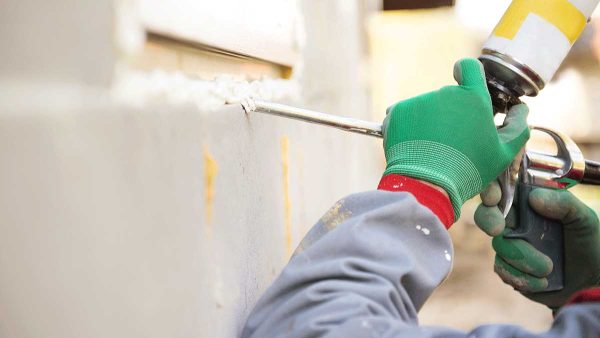Is caulking considered waterproofing?

Weatherproofing is a vital consideration when protecting your concrete structures from the elements. By implementing suitable measures, you can enhance the longevity and durability of your concrete surfaces, ensuring they remain resilient and free from moisture-related issues.
Considering caulking as part of an overall weatherproofing plan is essential for long-term success.
The role of caulking in weatherproofing
Caulking is a technique commonly employed in construction and concrete work to seal gaps and joints, preventing water, air, and other external elements from penetrating the structure. It involves applying a flexible sealant to fill cracks, seams, and openings, creating a barrier against moisture and air infiltration.
While caulking plays a significant role in preventing water leakage and improving the overall durability of concrete structures, it should not be considered the sole solution for weatherproofing.
Caulking as part of a comprehensive approach
While caulking is an essential element of weatherproofing, it should be viewed as just one tool in your weatherproofing arsenal. Achieving optimal weatherproofing requires a multifaceted approach, including proper surface preparation, moisture control, application of sealers and coatings, and implementation of adequate drainage systems.
By combining these strategies with caulking, you can ensure comprehensive protection against weather elements, prolonging the lifespan of your concrete structures.
Understanding the limitations
While caulking effectively seals gaps and joints, it may not be suitable for all weatherproofing scenarios. Extreme temperature fluctuations, heavy rainfalls, and prolonged exposure to UV radiation can gradually degrade caulking over time.
Regular maintenance and periodic inspections of caulked areas are necessary to identify any signs of deterioration and take timely corrective measures.
Contact JK Industries today for all your weatherproofing needs.
